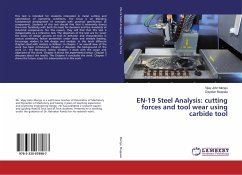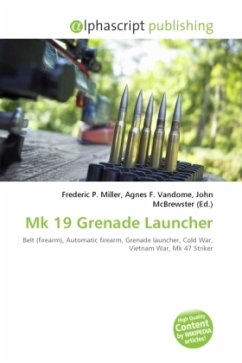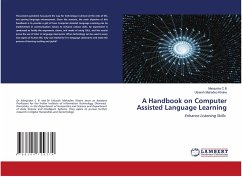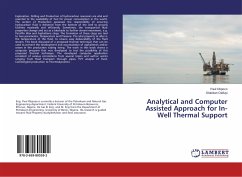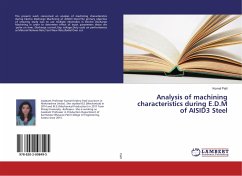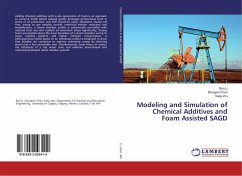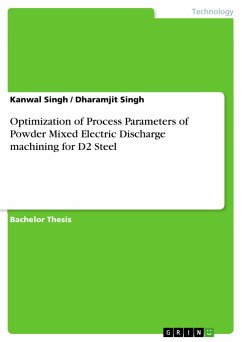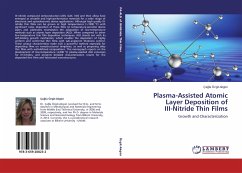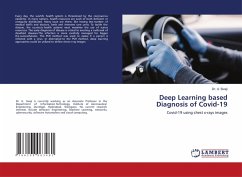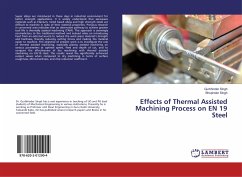
Effects of Thermal Assisted Machining Process on EN 19 Steel
Versandkostenfrei!
Versandfertig in 6-10 Tagen
24,99 €
inkl. MwSt.

PAYBACK Punkte
12 °P sammeln!
Super alloys are introduced in these days in industrial environment for better strength applications. It is widely understood that aerospace materials such as titanium, nickel based alloys and high strength steels are difficult to machine in spite of their material properties. Previous research in concerned area indicates that an alternative pathway to achieve greater tool life is thermally assisted machining (TAM). This approach is seemingly contradictory to the traditional method and instead relies on introducing heat from an external source to reduce the work piece material's strength and h...
Super alloys are introduced in these days in industrial environment for better strength applications. It is widely understood that aerospace materials such as titanium, nickel based alloys and high strength steels are difficult to machine in spite of their material properties. Previous research in concerned area indicates that an alternative pathway to achieve greater tool life is thermally assisted machining (TAM). This approach is seemingly contradictory to the traditional method and instead relies on introducing heat from an external source to reduce the work piece material's strength and hardness, thereby reducing cutting forces and making the material easier to machine. The objective of present work is to investigate the role of thermal assisted machining; especially plasma assisted machining on various parameters at optimal speed, feed and depth of cut, and to compare the effectiveness of dry machining with thermal assisted machining on EN-19 steel. The results reveal the significantly enhanced output values when compared to dry machining in terms of surface roughness, Micro-hardness, and chip reduction coefficient.



